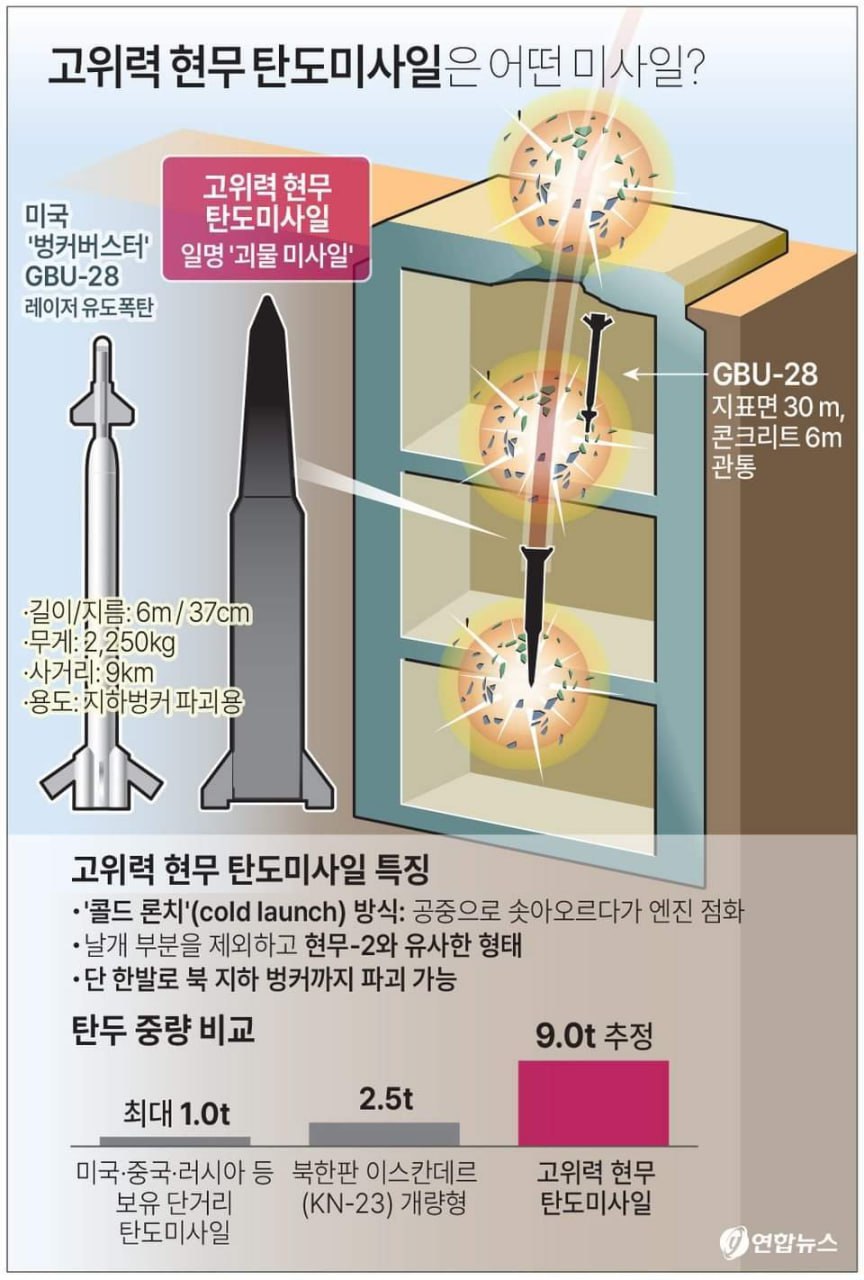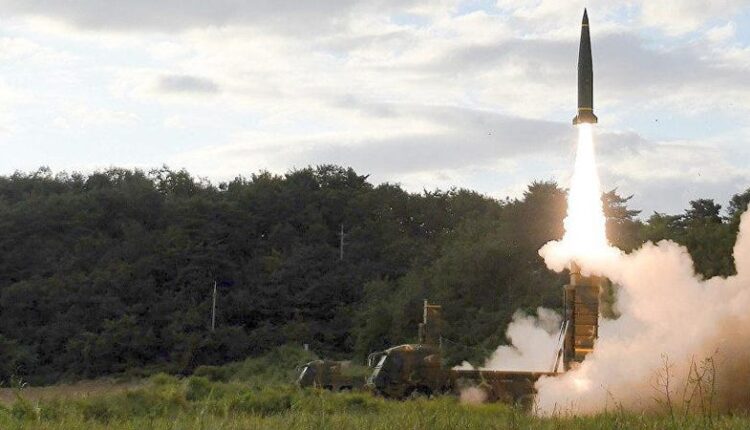(VIDEO) South Korea Prepares “Hyunmoo-5” to Target 8,000 North Korean Underground Bunkers
(VIDEO) The Hyunmoo-5 ballistic missile has been developed as a key component of what South Korea refers to as the Korea Massive Punishment and Retaliation (KMPR) doctrine, which entails massive strikes against Pyongyang's underground military installations.
(DEFENCE SECURITY ASIA) — South Korea has completed the development of a ballistic missile named “Hyunmoo-5,” specifically designed to target and destroy an estimated 7,000 North Korean underground military bases and facilities.
The Hyunmoo-5 ballistic missile has been developed as a key component of what South Korea refers to as the Korea Massive Punishment and Retaliation (KMPR) doctrine, which entails massive strikes against Pyongyang’s underground military installations.
This ballistic missile, which was unveiled to the public last year, is engineered to target command and control facilities, underground nuclear bases, and various military installations potentially situated hundreds of meters below the surface.
With the capability to carry an explosive payload of between eight to nine tons, the Hyunmoo-5 can obliterate North Korean underground fortifications, even those located about 100 meters beneath the earth’s surface.
Furthermore, the Hyunmoo-5 ballistic missile is expected to be deployed on the “Joint Strike Ship” currently being developed by South Korea.
According to defense analysts, the Hyunmoo-5, with its eight to nine-ton explosive payload, ranks as one of the heaviest among current global ballistic missiles.
It is capable of striking targets up to 3,000km away with a larger fuel load.
South Korea aims to use the nine-ton (9,000kg) explosive payload to devastate North Korean military facilities and bases located underground.
The heavier the explosive, believed to contain “heavy metal,” the more dangerous the missile is to North Korea’s military assets, as per local defense experts.
North Korea is thought to possess a network of thousands of bunkers and underground military bases designed to evade attacks from South Korean forces and their ally, the United States, should conflict erupt on the Korean Peninsula.
These fortifications are spread throughout North Korea, with the regime in Pyongyang believed to have constructed up to 7,000 such facilities, especially beneath granite hills, since the Korean War ended in 1950-1953.


Regional defense analysts also anticipate that the introduction of the Hyunmoo-5 missile will further alarm neighboring countries such as China and Japan, potentially sparking an arms race, especially in the development of ballistic missiles.
Unlike the Hyunmoo-2, which employs a “hot-launch” system activating the missile engine in the silo, the Hyunmoo-5 uses a “cold-launch” technique, where the missile engine is ignited only after it exits its silo.
The Hyunmoo-2 is capable of hitting targets up to 600-800km away.
Tensions on the Korean Peninsula have escalated following the Pyongyang regime’s launch of over a hundred ballistic missile tests, both conventional and nuclear.
These missile tests are interpreted by observers as warnings to South Korea, its main ally, the United States, and other regional powers like Japan. — DSA


